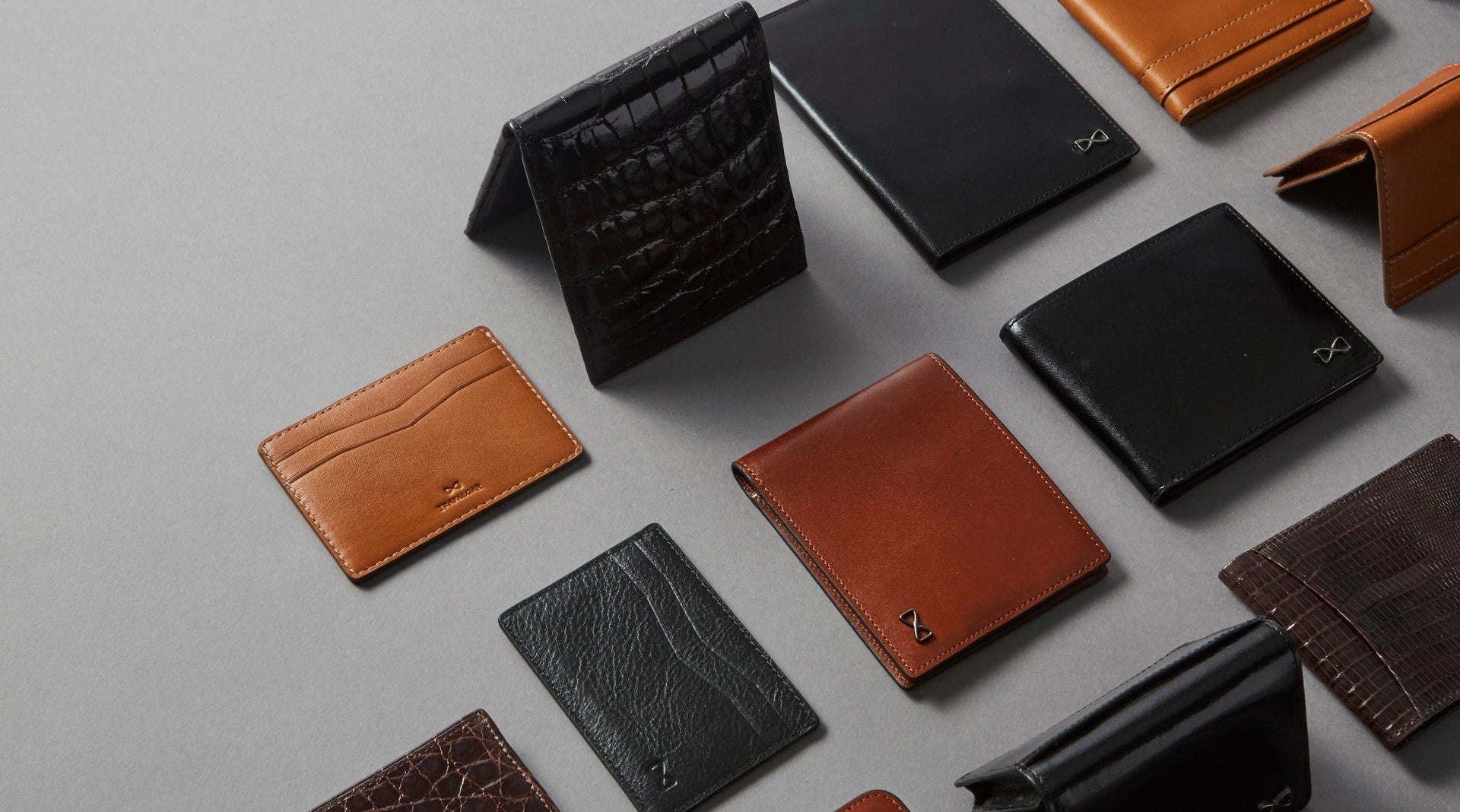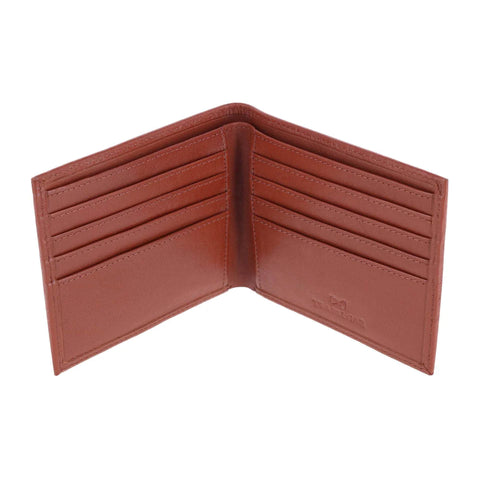
Why You Need an RFID Wallet
What is RFID?
RFID stands for Radio-Frequency Identification. This is the technology that allows wireless transmission of information via radio waves. It is very likely that you have a credit or debit card equipped with an RFID chip or tag in your wallet right now. RFID credit cards enable you to pay for items by simply tapping it against a card reader as opposed to swiping or inserting your card. These cards are usually marked with 3 to 4 curved lines symbolizing a wireless signal. This signal can be transmitted within a range of a few centimeters, to upwards of several meters.
The chip emits a low-intensity radio wave when it comes in contact with a reader. The chip does not emit a signal until the reader’s signal activates the tag to relay information. In this case, the tag sends your credit card information to the reader. It is a simple, quick, and effective method of transferring data.
Why is it dangerous?
RFID technology is a modern convenience that makes payments quick and easy, but can also make it easier for others to steal your information. The tiny chip in your card that allows you to tap and be on your way may be handy, but it also makes you vulnerable. The chip emits radio waves when it gets close enough to a reader which can easily occur without you knowing.
Using a process called "RFID skimming", a thief can use a small remote to activate the RFID tag in your card and transmit your credit card data to their own device. Getting close enough to steal your information can be as simple as bumping into you in a store or walking too close to you on the sidewalk. Anyone can buy an RFID card reader, and because of how quick and undetected the process is, it is nearly impossible to catch RFID thieves.
How should you protect yourself?

RFID technology is heavily implemented in banking and commerce and is difficult to escape, but you can still protect your information from thieves. The simplest method to stop the transfer of data between the tag and the reader is to physically block the signal. Since RFID uses weak signals, you can easily protect your information by placing a thin layer of metal or carbon fiber between your RFID card and potential signals.
While some suggest the tedious and unsightly solution of wrapping your cards or wallet in tin foil, RFID-blocking wallets and cardcases seamlessly incorporate protective layering into the design of the wallet, keeping all your cards safe and protected. Keeping all your cards in an RFID-blocking wallet not only protects you from thieves, but also has the added benefit of blocking card readers’ signals to your other cards when you’re in the checkout line or tapping to pay for buses and trains during your commute. No need to worry about holding your wallet too close to the reader.
How Trafalgar keeps you safe
At Trafalgar, we know that safety and convenience are just as important as style. We have combined our artisan-quality designs with RFID protection to bring you a range of RFID-blocking wallets you can rely on. Timeless design and enduring longevity ensure that no matter what changes in wireless technology, our wallets remain as luxurious as they are protective.
Our range of RFID-blocking wallets are made from sleek and supple leather that will age beautifully with use. RFID protection does not have to mean thick, bulky layers of signal-blocking materials, nor does it have to mean choosing functionality over style. As a man with discerning taste, we know you work hard for your money, and it deserves to be protected without sacrificing style or quality.
Shop our complete collection of RFID-blocking wallets for quality and protection you can trust.


